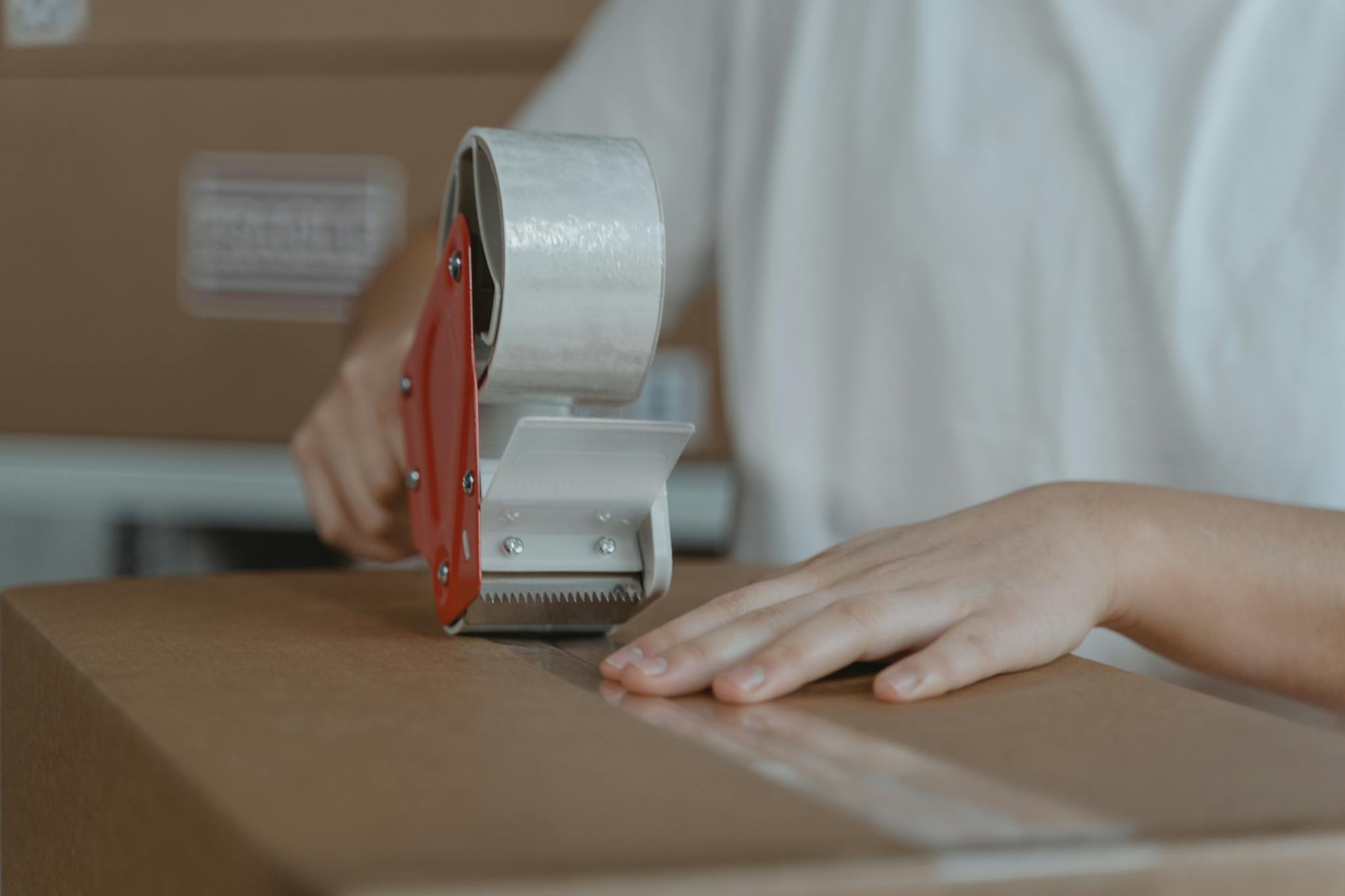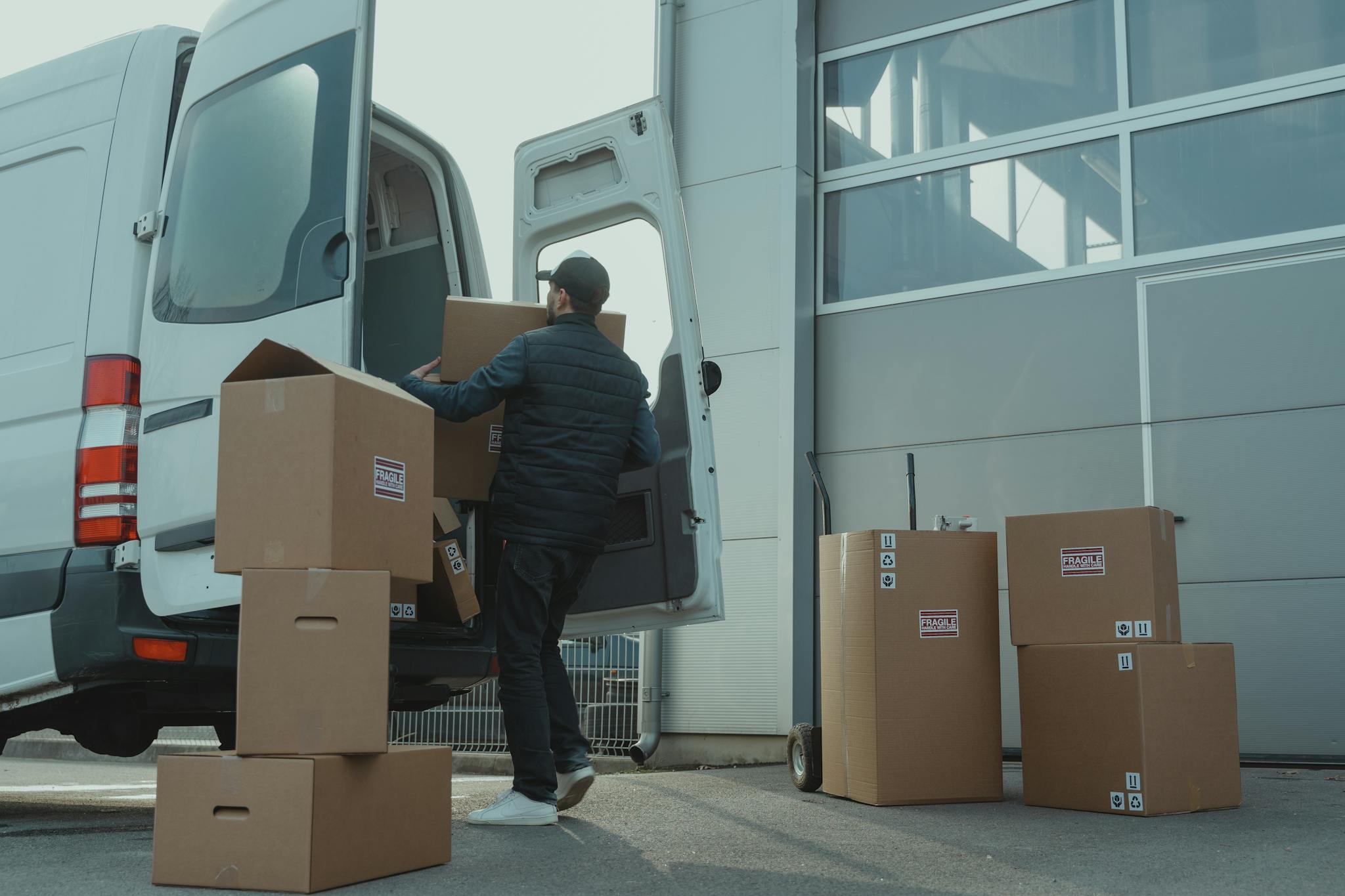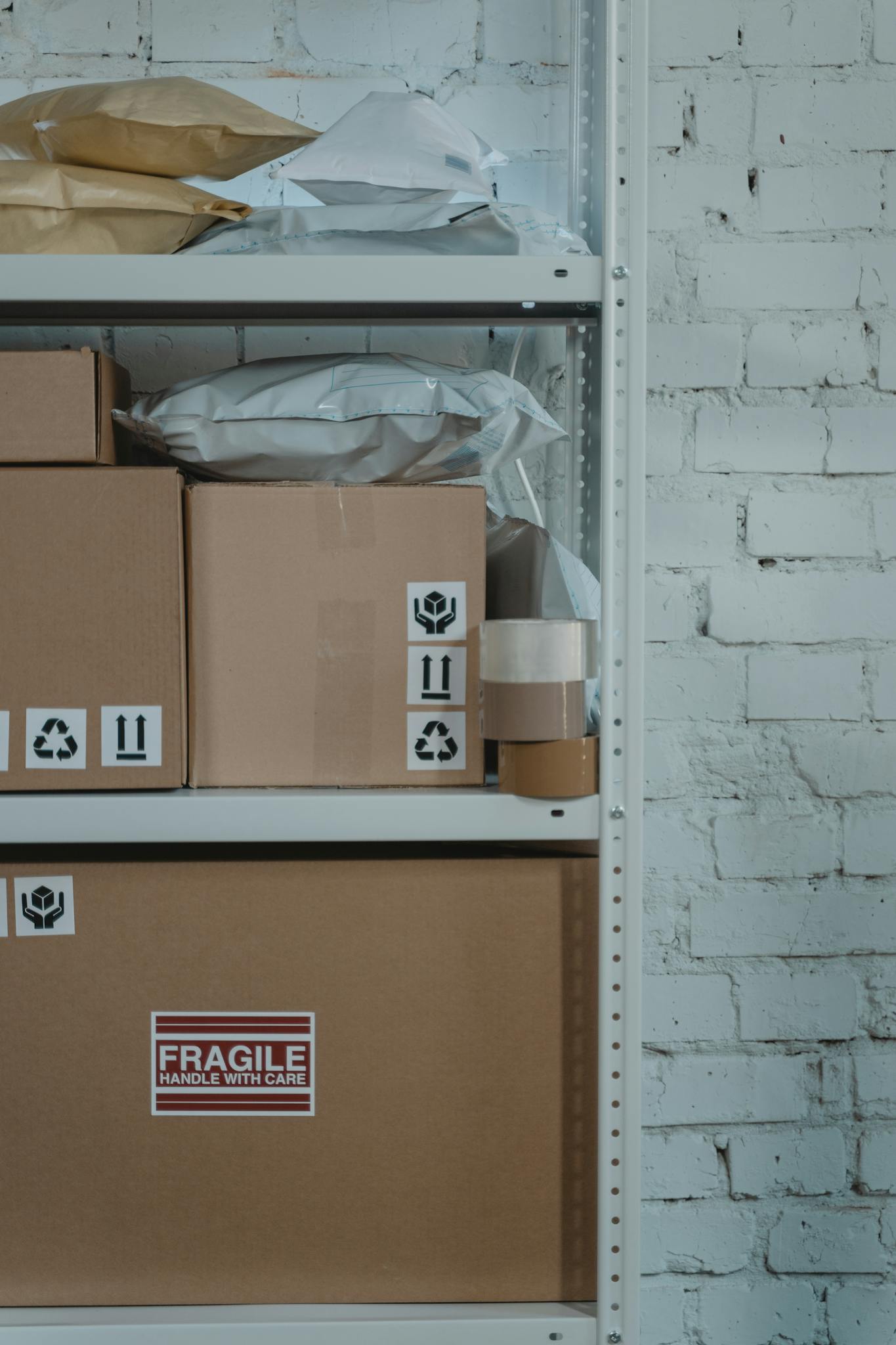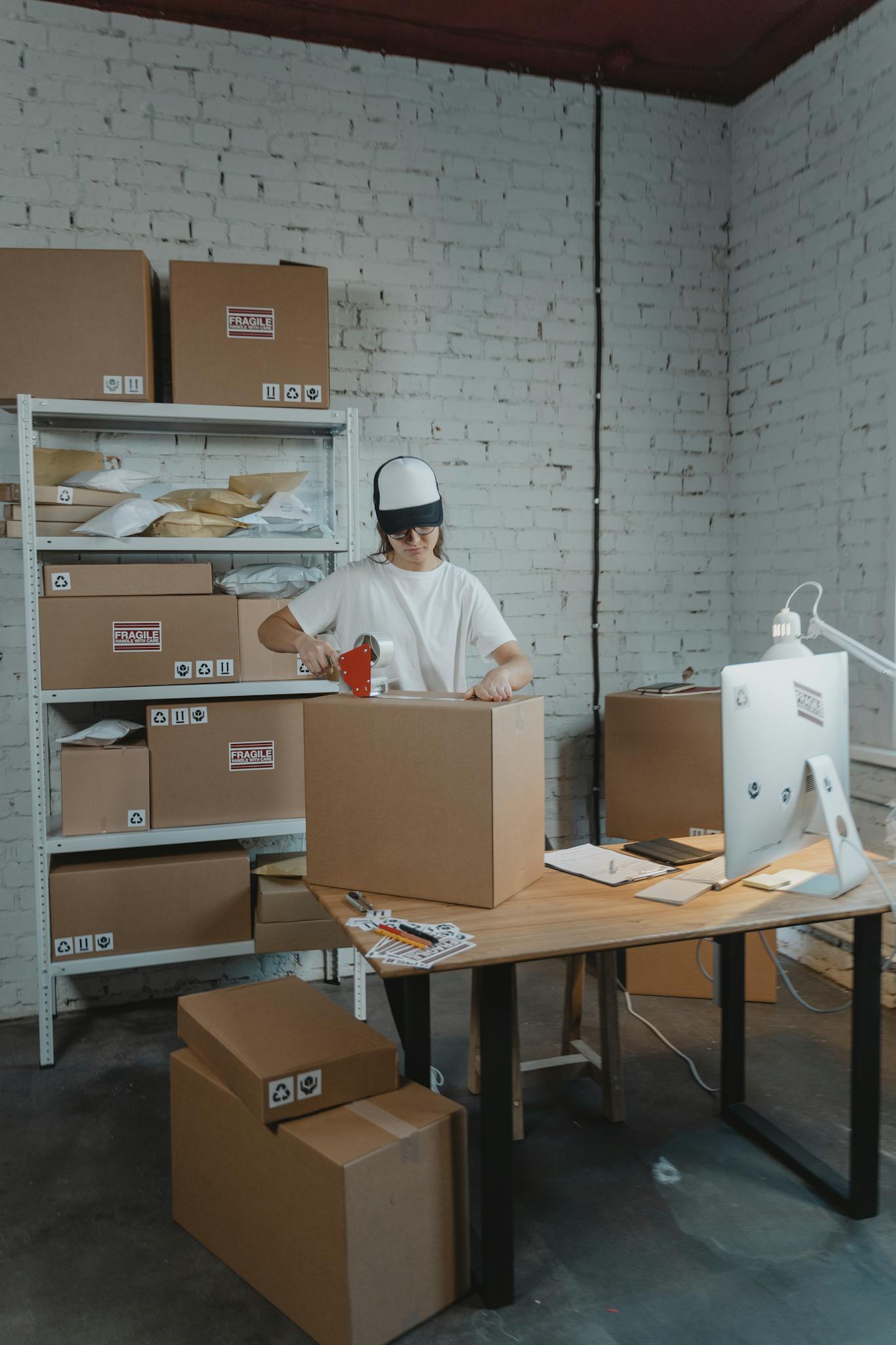Box Size Calculator
Precisely calculate box dimensions, volume, and surface area for your packaging needs
Box Specifications
The Ultimate Guide to Box Size Calculation: Precision, Efficiency, and Optimization
When it comes to packaging, shipping, and storage, accurate box size calculator is not just a convenience—it’s a critical business necessity. The Box Size Calculator presented here is a comprehensive tool designed to help businesses, logistics professionals, and individuals make informed decisions about their packaging needs. This detailed guide explores the importance of precise box measurements, the mathematics behind volume and surface area calculations, and how proper box sizing can significantly impact operational efficiency, cost reduction, and environmental sustainability. For a complete suite of packaging tools, visit our main Box Size Calculator Online platform.
Understanding the Fundamentals of Box Dimensions
Before delving into the complexities of box dimensions, it’s essential to understand the fundamental measurements that define any box. Every box has three primary measurements: length, width, and height. These dimensions are typically measured in centimeters, meters, inches, or feet, depending on regional preferences and industry standards. The length is usually the longest side of the box, the width is the shorter side of the base, and the height (or depth) is the measurement from the base to the top of the box.
Accurate measurement of these dimensions is crucial because even small discrepancies can lead to significant problems in the supply chain. For example, a box that’s just 2 centimeters too large can result in wasted space in shipping containers, increased material costs, and higher shipping fees. Conversely, a box that’s too small might not accommodate the product properly, leading to damage during transit. The Box Size Calculator helps eliminate these issues by providing precise calculations based on your specific requirements. For more specialized calculations, check out our box volume calculator for detailed cubic measurements.
The Mathematics of Volume and Surface Area
At the heart of the Box Size Calculator are two fundamental mathematical concepts: volume calculation and surface area calculation. Volume represents the amount of space inside the box, measured in cubic units (such as cm³, m³, in³, or ft³). The formula for calculating the volume of a rectangular box is simple: Volume = Length × Width × Height. This calculation is essential for determining how much product a box can hold and for calculating shipping costs, which are often based on dimensional weight.
Surface area, on the other hand, represents the total area of all the box’s exterior surfaces, measured in square units (such as cm², m², in², or ft²). The formula for calculating the surface area of a rectangular box is: Surface Area = 2 × (Length × Width + Length × Height + Width × Height). This calculation is crucial for determining the amount of material needed to manufacture the box, which directly impacts production costs and environmental considerations. The Box Size Calculator automatically performs these calculations, providing instant results that can inform your packaging decisions. For specialized surface area needs, our box surface area calculator offers advanced features.
Applications Across Industries
The applications of accurate box size calculation extend across numerous industries. In e-commerce, proper box sizing can dramatically reduce shipping costs and improve customer satisfaction by ensuring products arrive undamaged. For manufacturing companies, optimizing box dimensions can lead to more efficient use of warehouse space and reduced material waste. Logistics and transportation companies rely on precise volume calculations to maximize container utilization and minimize fuel consumption. Even in retail, where shelf presentation matters, properly sized boxes can enhance product visibility and reduce restocking time.
One particularly important application is in the food and beverage industry, where temperature-sensitive products require specialized packaging. Accurate box sizing ensures that cooling elements like ice packs or dry ice are properly proportioned to the available space, maintaining product quality throughout the supply chain. Similarly, in the pharmaceutical industry, where regulatory compliance is paramount, proper box sizing ensures that temperature monitoring devices and documentation have adequate space without compromising product safety. For temperature-sensitive shipments, our box weight estimator can help determine appropriate packaging requirements.
Cost Implications and Financial Benefits
Perhaps the most compelling reason to use a Box Size Calculator is the potential for significant cost savings. Shipping costs are often calculated based on dimensional weight, which considers both the actual weight and the volume of the package. By optimizing box size to minimize empty space while still protecting the contents, businesses can reduce their dimensional weight and lower shipping fees. For companies that ship thousands of packages monthly, these savings can amount to tens of thousands of dollars annually. To maximize savings, use our dimensional weight calculator to understand carrier pricing models.
Material costs also represent a substantial portion of packaging expenses. By calculating the exact surface area needed for each box, businesses can minimize material waste and reduce their environmental footprint. This is particularly important for companies committed to sustainability initiatives and those responding to increasing consumer demand for eco-friendly packaging. The Box Size Calculator helps identify opportunities for material optimization, potentially allowing companies to switch to thinner, more sustainable materials without compromising protection. For material-specific calculations, try our corrugated ply calculator.
Environmental Impact and Sustainability
In today’s environmentally conscious marketplace, the environmental impact of packaging has become a critical consideration. Excessive packaging not only increases costs but also contributes to waste and carbon emissions. According to industry studies, optimizing box sizes can reduce packaging material usage by 15-30%, significantly decreasing the environmental footprint of shipping operations.
The Box Size Calculator supports sustainability goals by helping businesses adopt a right-sizing approach to packaging. This means using the smallest possible box that safely accommodates the product and necessary protective materials. Right-sized packaging reduces the amount of cardboard and other materials used, decreases transportation emissions due to more efficient space utilization, and minimizes waste at the consumer end. Many companies have found that customers appreciate receiving products in appropriately sized packaging, viewing it as a sign of environmental responsibility. Our packaging filler estimator can help minimize void fill material usage.
Advanced Features and Multiple Box Support
What sets this Box Size Calculator apart from simpler tools is its support for multiple boxes and comprehensive analytics. Rather than calculating dimensions for a single box, this tool allows users to input specifications for multiple boxes simultaneously, making it ideal for businesses with diverse product lines or complex shipping requirements. The calculator aggregates data across all boxes to provide total volume, total surface area, and average volume per box—metrics that are invaluable for inventory management and logistics planning.
The ability to handle multiple boxes also facilitates consolidation analysis, helping businesses determine whether combining products into fewer, larger boxes would be more efficient than shipping them in multiple smaller containers. This feature is particularly useful for e-commerce businesses that offer product bundles or for manufacturers that ship component parts separately but want to evaluate the efficiency of pre-assembled kits. For product-specific recommendations, our product fit calculator provides intelligent box suggestions.
Integration with Business Operations
For maximum utility, the Box Size Calculator can be integrated into broader business operations. When combined with inventory management systems, it can automatically suggest optimal box sizes based on product dimensions and shipping destinations. Integrated with shipping software, it can provide real-time cost estimates based on calculated volumes and weights. Some advanced implementations even connect with warehouse management systems to optimize pallet loading patterns based on calculated box dimensions.
The calculator’s results can also inform product design decisions. By understanding the packaging implications of different product sizes and shapes, manufacturers can design products that are more packaging-efficient, potentially reducing overall costs and environmental impact. This holistic approach to product development considers not just the product itself but its entire lifecycle, including packaging, shipping, and end-of-life disposal. For custom packaging design, our box cost estimator helps evaluate different packaging options.
Future Trends in Packaging Optimization
As technology continues to advance, the field of packaging optimization is evolving rapidly. Artificial intelligence and machine learning algorithms are being developed to predict optimal box sizes based on historical shipping data, product characteristics, and destination information. These systems can continuously learn and improve, adapting to changing business conditions and customer preferences.
Internet of Things (IoT) sensors embedded in packaging can provide real-time data on box performance during transit, including impacts, temperature fluctuations, and humidity levels. This data can be fed back into optimization algorithms to refine box size and material choices. Similarly, augmented reality tools allow warehouse staff to visualize optimal packing patterns before physical assembly, reducing errors and improving efficiency. For specialized geometric calculations, explore our suite of shape-specific calculators including the cube volume calculator, cone volume calculator, cylinder volume calculator, sphere volume calculator, and volume of a prism calculator.
Best Practices for Using the Box Size Calculator
To get the most value from the Box Size Calculator, follow these best practices:
- Always measure products accurately, including any protective packaging that will be included
- Consider the orientation of products in the box, as this can affect the optimal dimensions
- Account for necessary void fill or protective materials in your calculations
- Regularly review and update box size calculations as product lines change
- Compare the cost of different box sizes, including material, shipping, and labor costs
- Test your calculated box sizes with actual products before full implementation
By following these practices and leveraging the comprehensive features of the Box Size Calculator, businesses can achieve significant improvements in efficiency, cost-effectiveness, and sustainability. The tool is not just a calculator—it’s a strategic asset for any organization that relies on physical product distribution. For irregularly shaped items, our odd-shaped item box calculator provides specialized guidance, and for printing requirements, the printing surface estimator helps determine label and branding areas.
Understanding Dimensional Weight and Shipping Costs
One of the most important concepts in modern shipping is dimensional weight, also known as dimensional weight calculator. Carriers like UPS, FedEx, and DHL use dimensional weight to determine shipping charges when a package has a large size but relatively low actual weight. The dimensional weight is calculated by multiplying the length, width, and height of a package, then dividing by a dimensional factor (typically 5000 for centimeters or 139 for inches).
For example, a box measuring 50cm × 40cm × 30cm has a volume of 60,000 cm³. Dividing by the standard dimensional factor of 5000 gives a dimensional weight of 12 kg. If the actual weight of the package is only 5 kg, the carrier will charge based on the higher dimensional weight of 12 kg. This is why optimizing box size is so crucial—it directly impacts your shipping costs. The Box Size Calculator helps you understand these calculations and make informed decisions about packaging. Our dedicated dimensional weight calculator provides carrier-specific calculations for FedEx, UPS, and other major carriers.
Optimizing for Warehouse Space and Pallet Efficiency
Beyond shipping costs, proper box sizing also affects warehouse space planning and pallet optimization. When boxes are properly sized and standardized, they can be stacked more efficiently, maximizing vertical space utilization in storage facilities. This not only reduces storage costs but also improves inventory management and order fulfillment speed.
For palletized shipments, box dimensions should be carefully considered to ensure optimal fit on standard pallet sizes (such as 48″ × 40″ in the US or 1200mm × 800mm in Europe). Boxes that are multiples of pallet dimensions or that fit evenly across the pallet surface minimize wasted space and create more stable loads. The Box Size Calculator can help you determine how many boxes will fit on a pallet and identify opportunities for better space utilization. For complete warehouse planning, combine our main calculator with the product fit calculator to optimize your entire storage system.
Material Selection and Structural Integrity
While minimizing box size is important, it must be balanced with the need for adequate protection of the contents. The surface area calculator function of this tool helps determine the amount of material needed, but you must also consider the strength and durability of the chosen material. Corrugated cardboard comes in various grades and flute sizes, each offering different levels of compression strength and puncture resistance.
For heavy or fragile items, you may need to use double-wall or triple-wall corrugated board, which provides greater strength but also increases material costs and environmental impact. The Box Size Calculator helps you find the optimal balance between protection and efficiency by allowing you to compare different box designs and materials based on their calculated surface area and volume. Our free corrugated ply calculator provides detailed GSM (grams per square meter) calculations for 3-ply and 5-ply corrugated board, helping you select the right material for your needs.
Custom Box Design and Die-Cut Solutions
For high-volume products, custom box designs can provide significant advantages over standard box sizes. Custom carton size calculator tools can help determine the optimal dimensions for die-cut boxes that perfectly fit your product, eliminating the need for void fill and providing superior protection. While custom boxes have higher initial tooling costs, they can save money in the long run through material reduction, shipping cost savings, and improved customer experience.
The Box Size Calculator can be used to evaluate the potential savings of custom box designs by comparing the material and shipping costs of standard boxes versus custom solutions. This analysis should include not only the direct costs but also the indirect benefits such as reduced product damage, faster packing times, and enhanced brand presentation. For comprehensive custom packaging evaluation, use our box cost estimator to compare different design options and materials.
International Shipping Considerations
When shipping internationally, additional factors come into play that affect optimal box sizing. Different countries may have different standard pallet sizes, truck dimensions, and handling equipment. Customs regulations may require specific documentation to be visible on the exterior of packages, affecting how boxes can be labeled and stacked.
Climate conditions during transit can also impact packaging requirements. Packages traveling through humid environments may need moisture-resistant materials, while those exposed to temperature extremes may require insulation. The Box Size Calculator helps account for these factors by allowing you to include the dimensions of any additional protective materials in your calculations, ensuring your packages arrive in perfect condition regardless of the shipping route. For international shipments, our box weight estimator helps ensure compliance with carrier weight restrictions.
Sustainable Packaging Innovations
As environmental concerns grow, many companies are exploring innovative sustainable packaging solutions that can be optimized using tools like the Box Size Calculator. These include:
- Molded pulp packaging made from recycled paper fibers
- Biodegradable foams derived from agricultural waste
- Water-soluble packaging for single-use products
- Reusable container systems with deposit programs
- Edible packaging for food products
These innovative materials often have different structural properties than traditional corrugated cardboard, requiring careful calculation of box dimensions to ensure adequate protection. The Box Size Calculator helps evaluate these new materials by providing accurate volume and surface area calculations that can be used to compare performance and cost-effectiveness. For material-specific analysis, our corrugated ply calculator provides detailed specifications for sustainable board options.
Digital Integration and Automation
Forward-thinking companies are integrating box size calculation into their digital workflows through APIs and automation. By connecting the Box Size Calculator to e-commerce platforms, warehouse management systems, and shipping software, businesses can automate the selection of optimal packaging for each order. This integration can also feed data into machine learning algorithms that continuously improve packaging recommendations based on actual shipping performance and customer feedback.
Some advanced systems use computer vision to scan products and automatically recommend the best box size, while others use augmented reality to help warehouse staff visualize optimal packing patterns. These technologies build upon the fundamental calculations provided by tools like this Box Size Calculator, adding layers of intelligence and automation to further optimize packaging operations. For businesses implementing automation, our complete suite of calculators provides the data foundation for smart packaging systems.
Regulatory Compliance and Safety Standards
Proper box sizing is not just about efficiency and cost—it’s also a matter of regulatory compliance and safety. Many industries have specific packaging requirements that must be met to ensure product safety and regulatory approval. For example:
- Hazardous materials must be packaged according to strict regulations that specify minimum box dimensions and material requirements
- Food products may require packaging that maintains specific temperature ranges, affecting box size and insulation requirements
- Medical devices often need sterile packaging with specific dimensional requirements for sterilization processes
- Lithium batteries have strict packaging requirements to prevent short circuits and thermal runaway
The Box Size Calculator helps ensure compliance by providing accurate calculations that can be documented as part of your quality management system. By maintaining records of your box size calculations and the rationale behind your packaging decisions, you can demonstrate due diligence in meeting regulatory requirements. For hazardous materials, use our box weight estimator to ensure compliance with weight restrictions.
Economic Impact of Packaging Optimization
The economic impact of proper box sizing extends far beyond simple material and shipping cost savings. Studies have shown that companies that optimize their packaging can achieve:
- 15-30% reduction in packaging material costs
- 10-25% reduction in shipping costs
- 20-40% improvement in warehouse space utilization
- 15-50% reduction in product damage rates
- 10-20% improvement in order fulfillment speed
These improvements translate directly to the bottom line and can provide a significant competitive advantage. The Box Size Calculator is a powerful tool for quantifying these potential savings and building a business case for packaging optimization initiatives. For comprehensive financial analysis, combine our box cost estimator with the dimensional weight calculator to create detailed cost models.
User Experience and Brand Perception
Finally, proper box sizing affects customer experience and brand perception. Customers increasingly expect efficient, sustainable packaging that arrives in perfect condition. Oversized boxes filled with excessive void fill create a poor unboxing experience and suggest wastefulness. Undersized boxes that arrive damaged reflect poorly on the brand.
The Box Size Calculator helps create the optimal unboxing experience by ensuring packages are appropriately sized, well-protected, and environmentally responsible. This attention to detail enhances brand perception and can lead to increased customer loyalty and positive word-of-mouth marketing. For premium unboxing experiences, use our packaging filler estimator to minimize waste while maintaining presentation quality.
In conclusion, the Box Size Calculator is more than just a simple measurement tool—it’s a comprehensive solution for optimizing your entire packaging operation. By providing accurate volume calculator and surface area calculator functions, supporting multiple box scenarios, and delivering actionable insights, this tool empowers businesses to make data-driven decisions that improve efficiency, reduce costs, and enhance sustainability. Whether you’re a small e-commerce startup or a large manufacturing company, proper box sizing is a critical component of operational excellence in today’s competitive marketplace. Explore our complete range of packaging tools at Box Size Calculator Online to find the perfect solutions for your specific needs.
Frequently Asked Questions
The Box Size Calculator provides mathematically precise calculations based on the dimensions you input. The accuracy of the results depends entirely on the accuracy of your measurements. For the most accurate results, measure your boxes or products to the nearest millimeter or 1/16 inch, accounting for any protective packaging that will be included. For specialized accuracy requirements, our box weight estimator provides additional verification tools.
While the calculator is designed for rectangular boxes, you can estimate the volume of irregularly shaped items by measuring the dimensions of the smallest rectangular box that could contain the item. This “bounding box” approach provides a conservative estimate that ensures your packaging will be large enough to accommodate the item safely. For more precise calculations with irregular shapes, try our odd-shaped item box calculator.
Shipping costs are often calculated using dimensional weight, which considers both the actual weight and the volume of the package. Larger boxes with low actual weight may be charged based on their volume rather than their weight. By optimizing box size to minimize empty space, you can reduce dimensional weight and lower shipping fees significantly. Our dimensional weight calculator provides carrier-specific calculations to help you understand exact shipping costs.
Volume measures the space inside the box (cubic units) and determines how much the box can hold. Surface area measures the total exterior area of the box (square units) and determines how much material is needed to construct it. Both calculations are important: volume affects shipping costs and capacity, while surface area affects material costs and environmental impact. For detailed surface area analysis, our box surface area calculator provides advanced features.
This calculator is optimized for rectangular boxes (rectangular prisms). For cylindrical containers, you would need a different formula (πr²h for volume). For irregular shapes, you can use the bounding box method mentioned earlier. Future versions of this tool may include support for additional geometric shapes. In the meantime, explore our specialized calculators for different shapes: cube volume calculator, cone volume calculator, cylinder volume calculator, sphere volume calculator, and volume of a prism calculator.
Use the calculator to identify opportunities for right-sizing your packaging. Often, businesses use boxes that are larger than necessary “just to be safe.” By calculating the exact space needed for your products plus necessary protective materials, you can switch to smaller boxes, reducing material costs, shipping fees, and storage requirements. For comprehensive cost analysis, combine this tool with our box cost estimator and dimensional weight calculator.
There’s no universal “optimal” size, as it depends on your specific products, shipping carriers, and destinations. However, many e-commerce businesses find that standardizing on a few box sizes improves efficiency. Use the calculator to analyze your product mix and identify the most common dimensional ranges, then select standard box sizes that accommodate most of your products with minimal empty space. For product-specific recommendations, try our product fit calculator.
Larger-than-necessary boxes use more material, increasing your environmental footprint. They also create inefficient space utilization in transportation, leading to more trips and higher carbon emissions. By using the calculator to right-size your packaging, you can reduce material waste by 15-30% and decrease transportation emissions through better space utilization. For detailed sustainability analysis, our packaging filler estimator helps minimize void fill material usage.
Dimensional weight (or dim weight) is a pricing technique used by carriers that considers a package’s size rather than just its actual weight. It’s calculated by multiplying the length, width, and height of a package, then dividing by a dimensional factor (usually 5000 for cm³ or 139 for in³). Carriers charge based on whichever is greater: the actual weight or the dimensional weight. The Box Size Calculator helps you understand and optimize for dimensional weight pricing. For carrier-specific calculations, use our dedicated dimensional weight calculator for FedEx, UPS, and other major carriers.
The Box Size Calculator supports multiple boxes simultaneously. You can add as many boxes as needed using the “Add Box” button. The calculator will aggregate data across all boxes to provide total volume, total surface area, and average volume per box—perfect for businesses with diverse product lines or complex shipping requirements. For inventory management, combine this with our main platform for comprehensive tracking.
While this web-based calculator doesn’t have built-in saving functionality, you can easily preserve your results by clicking the “Copy” button after calculating. This copies all your results to your clipboard, which you can then paste into a document, spreadsheet, or email for future reference. For businesses that frequently use the calculator, consider taking screenshots of your results or maintaining a separate record-keeping system. Our complete suite of tools offers more advanced data management features.
The Box Size Calculator supports four common units of measurement: centimeters (cm), meters (m), inches (in), and feet (ft). You can select your preferred unit from the dropdown menu above the box specifications. The calculator automatically updates all labels and results to reflect your selected unit, making it easy to work in your preferred measurement system. For international shipping calculations, our dimensional weight calculator handles all unit conversions automatically.
When measuring your product for the Box Size Calculator, include any protective materials that will be inside the box. Measure the total space your product and padding will occupy, not just the product itself. This ensures your calculated box size will accommodate both the item and necessary protection. If you’re unsure how much space padding will take, add 1-2 cm (or 0.5-1 inch) to each dimension as a safety margin. For precise void fill calculations, use our packaging filler estimator.
Yes, the Box Size Calculator provides the precise surface area and volume data you need to compare quotes from different box suppliers. Since suppliers typically price based on material usage (surface area) and shipping costs, having accurate calculations allows you to make apples-to-apples comparisons between vendors. Simply provide each supplier with the exact dimensions and quantities you need, and use the calculator to verify their pricing is consistent with your calculated material requirements. For material cost comparisons, try our box cost estimator.
You should recalculate your box sizes whenever there are changes to your products, packaging materials, or shipping requirements. At minimum, review your box sizes quarterly to ensure they remain optimal. Seasonal products, new product introductions, or changes in shipping carriers may all necessitate reevaluation of your packaging strategy. Regular optimization can identify new opportunities for cost savings and efficiency improvements. For ongoing monitoring, our complete platform offers tracking and analytics features.
The Box Size Calculator focuses on dimensional calculations (volume and surface area) rather than structural analysis. While it helps you determine the amount of material needed, you’ll need to separately consider the strength requirements based on your product’s weight, fragility, and shipping conditions. As a general rule, heavier items require thicker corrugated board or double-wall construction, which may affect your final box dimensions to accommodate the increased material thickness. For strength calculations, use our corrugated ply calculator to determine appropriate material specifications.
Enter the dimensions of your boxes to calculate total volume, surface area, and other useful metrics.






Instant Box Size Calculator Free & Easy



Perfect Fit Packaging Starts Here
Easily calculate the perfect box size for your products in seconds save time, reduce waste, and ship smarter today.
50%
Box Sizing Simplified
98%
Perfect Fit Fast
100,110
Measure. Fit. Ship.
98%
Instant Box Calculator
What Our Users Say
Thousands of businesses trust our Box Size Calculator to save time, reduce waste, and improve shipping efficiency. Don’t just take our word for it see how real users are getting real results.
Meet the Team Behind the Box Size Calculator Online

John Carter

Michael Stone

Sophie Reed

